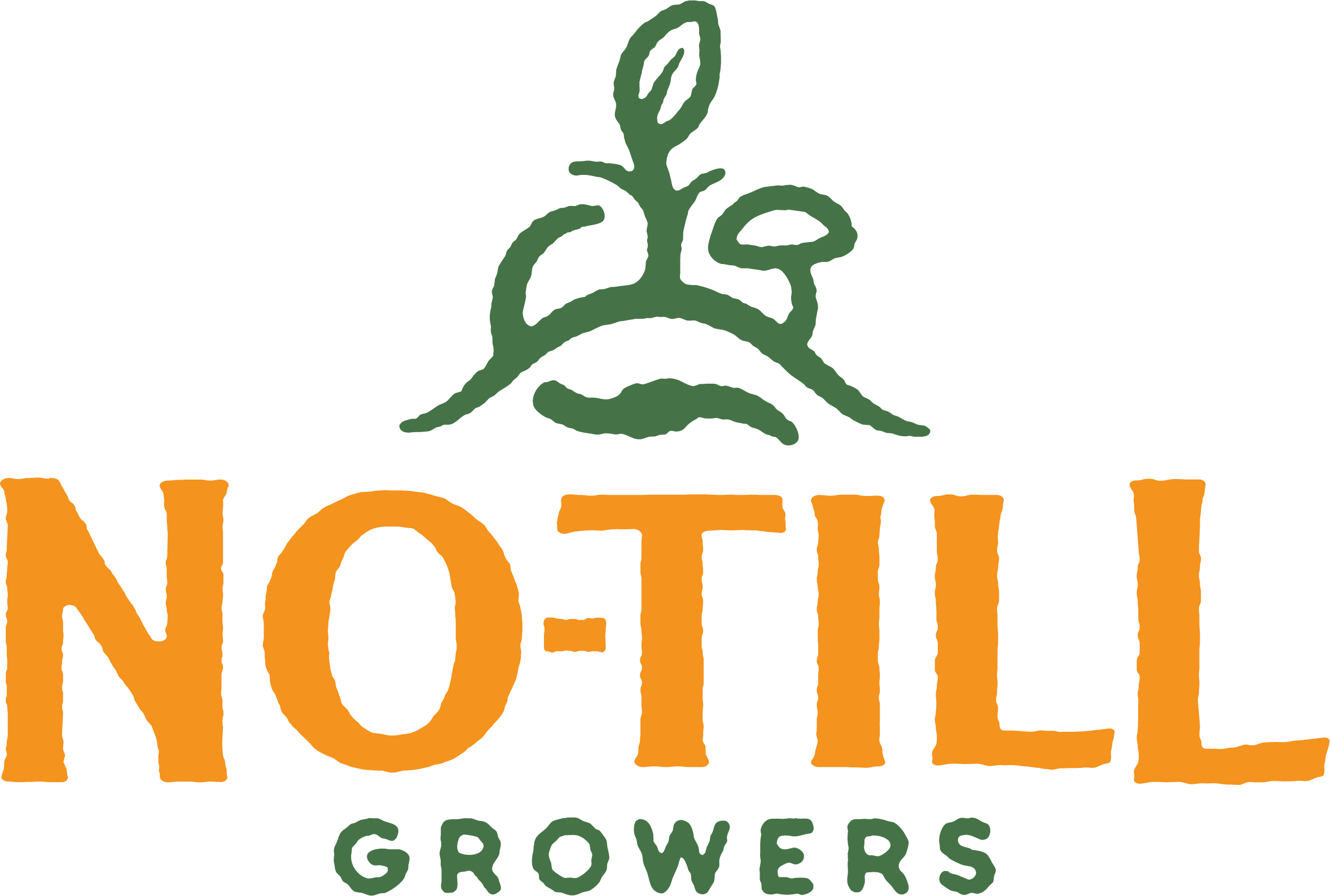No Seriously, Context is Everything (Video)
From your access to materials to the microclimate you live in, you will not simply be able to farm exactly like anyone else.
Certainly, if your climate and materials are similar, then it is possible to get close. Also your markets. Also your daylight, labor, etc.. Then maybe—maybe—you will be able to adapt someone else’s growing style in its entirely… if you’re neighbors.
Chances are, however, you will have to invent or hybridize your own style of no-till, looking around at what carbon you have access to and deciding what is going to work best on your scale, in your context.
A straw-based system in a non-grain-growing region, for instance, is going to be expensive, as will a peat-based system without a bog nearby. Your system could rely on deep compost mulch, but if your rainfall is like ours, it may not be the best option, at least not in-and-of itself. It may have to be something entirely new, too. A hybridization of several methods. Maybe several methods, all within the same farm, depending on the season or the needs of the particular field block. This, to me, is how we need to be thinking. Not necessarily making our farms more complicated, but complex enough to really address the specific needs of our soil, our crops, and ourselves as farmers.
That is at the core of what we are doing at Rough Draft Farmstead, and in this video I discuss one of the ways in which we are doing just that—combining two no-till systems to take care of the issues we have with each. No two contexts are the same, but there are a lot of no-till tools out there to utilize to figure out what will work in your context.
Editorial note from Farmer Jackson
Especially in our early farm years, hearing all of the farmer/speakers talk about their growing and marketing systems, and then give answers to questions like, “but, it all depends on your context” left me feeling a little wanting for more. To be honest, I thought it was an out. But, it’s true. It’s also the reason why we created No-Till Growers. There are so many facets and variables to a biological approach to farming that it cannot be simply copy-and-paste agriculture. In order to get better at no-till, and figure out potential no-till solutions for some of the downsides, we need to be communicating what’s really going on here. When we’re open, honest, and share what works and what doesn’t, maybe we can get the next farmer a little further down the road. Which is why we don’t hide anything behind paywalls. We’re going to be rolling out some exciting changes soon, but let us know, how can we make No-Till Growers better for you, the grower? And consider supporting our work on Patreon or Venmo/Paypal so we can do our part to take the no-till veg movement to the next level.
